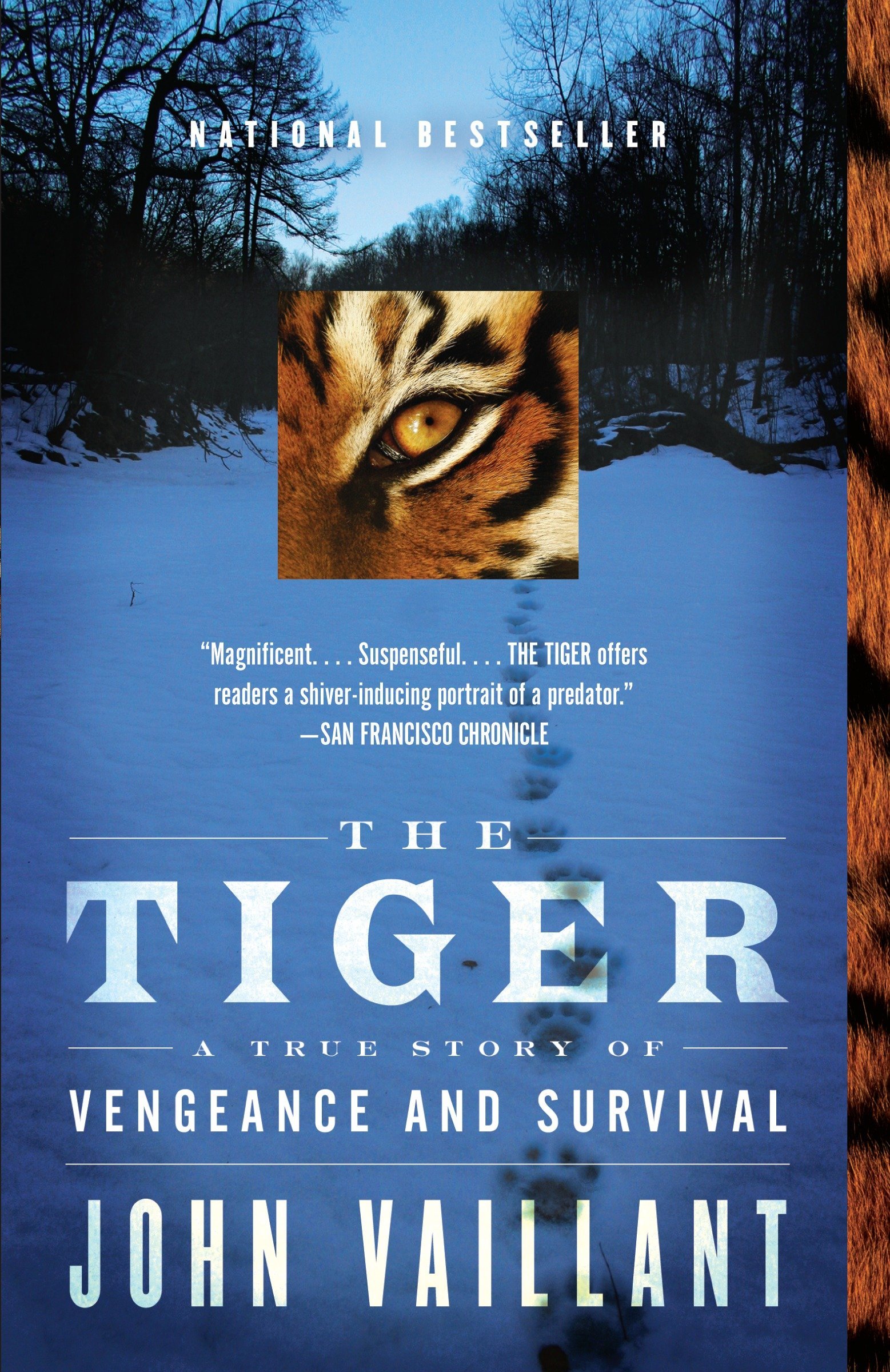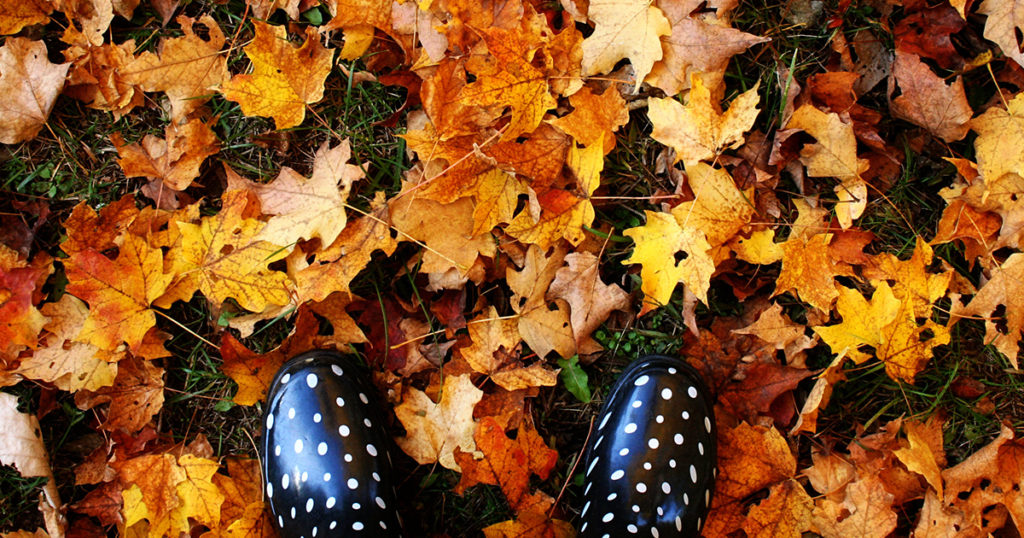
Now that the temperature outside is finally beginning to drop, the prospect of spending even more time in our houses actually feels welcome—plus, it’s an excellent reason to revisit our favorite fall-themed tales. Some of these are chilling, others comforting—all of them, if we do say so ourselves, pair quite nicely with a blanket and a hot beverage.
Autumn by Ali Smith
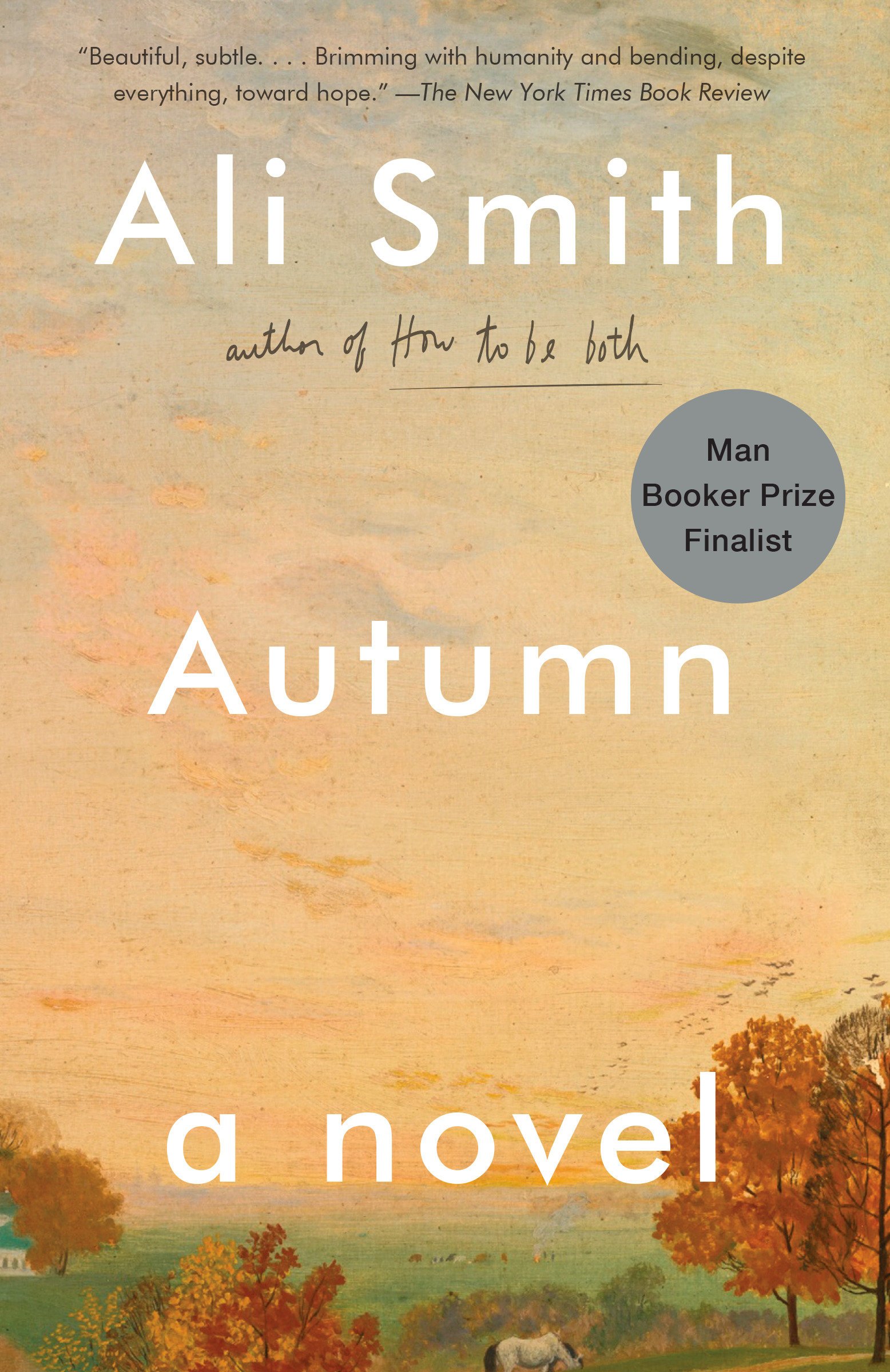
The first of the acclaimed Scottish writer’s four seasonal novels, Autumn might be the first post-Brexit novel to wrestle with the aftermath of that fateful vote—it was certainly the first that captured my attention. The book’s connection to the season is more abstract than literal (though it does take place in the fall), as it captures the sunset of a long friendship between Daniel, an elderly songwriter in a care home, and Elisabeth, who was his next-door neighbor as a child. —Stephanie Bastek
Charlotte’s Web by E. B. White
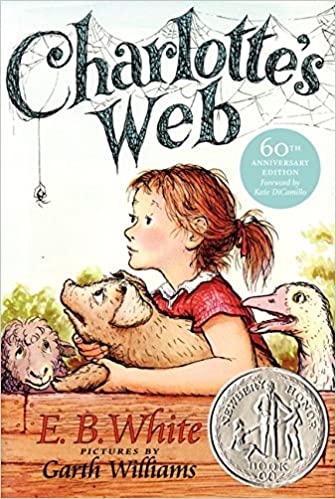
This book has been my favorite ever since I first heard it read aloud, and among its many charms is that it contains perhaps the most pitch-perfect, bittersweet description of fall in all of literature:
The crickets sang in the grasses. They sang the song of summer’s ending, a sad, monotonous song. “Summer is over and gone,” they sang. “Over and gone, over and gone. Summer is dying, dying.”
The crickets felt it was their duty to warn everybody that summertime cannot last forever. Even on the most beautiful days in the whole year—the days when summer is changing into fall—the crickets spread the rumor of sadness and change.
This may not be the most tragic passage in the book, but I think it comes close. I need look no further than outside my own window, where greens are steadily deepening into reds and golds, for proof that White had it right—summertime, despite my most desperate wishes, cannot last forever. —Jayne Ross
Farewell Summer by Ray Bradbury
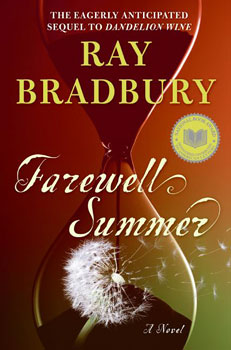
Many of us read Bradbury’s gorgeous and timeless evocation of summer in his 1957 novel, Dandelion Wine. But I’m betting fewer people are aware of the book’s sequel, Farewell Summer, which Bradbury published a half century later, only a few years before his death. As you might guess, the novel returns readers to Green Town, Illinois, where 13-year-old Douglas Spaulding and his friends confront the end of summer and onset of autumn in all of its metaphorical aspects. At the center of the action is Green Town’s clock tower, relentlessly ticking off the seconds of their lives. —Bruce Falconer
The Grapes of Wrath and Of Mice and Men by John Steinbeck
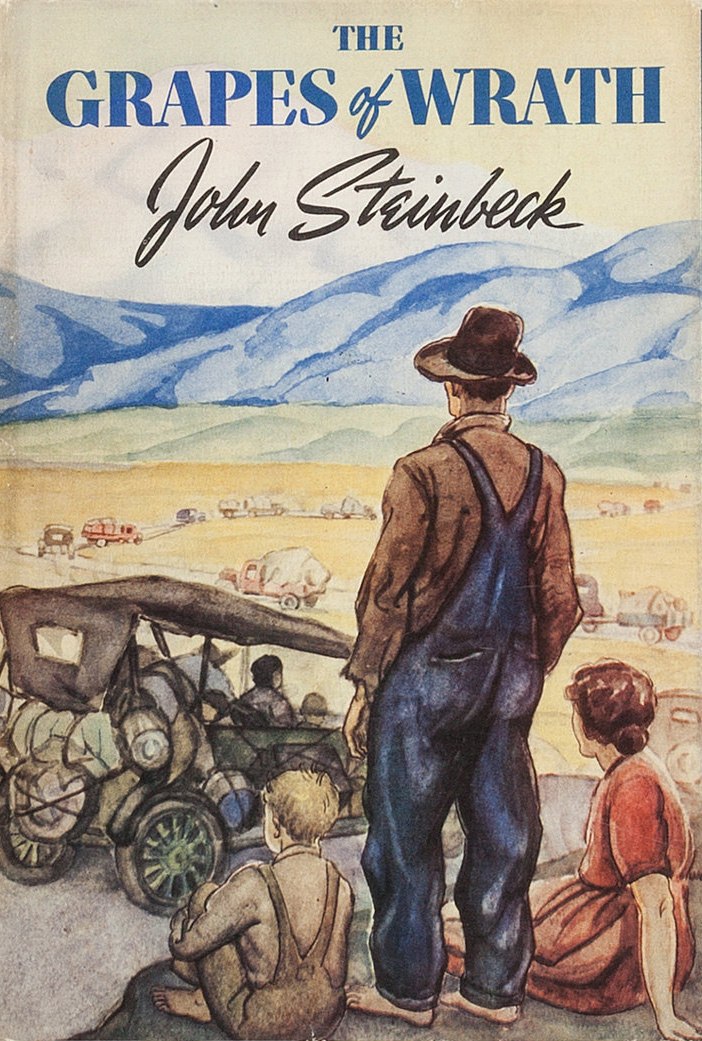
Autumn in years other than 2020 means a return to school, and to schooldays reading. These two classic Depression-era novels made, and perhaps still make, many a junior high and high-school reading list, combining as they do clarity of expression with moral clarity. If subtlety is not Steinbeck’s greatest strength in these stories of the Joads and of Lennie and George, perhaps it is more important for those being introduced to the enduring value of fiction to learn that novels can make you feel deeply sympathetic to others and can arouse your anger about the injustices visited on those who are trying simply to make a better life. —Robert Wilson
Growth of the Soil by Knut Hamsun
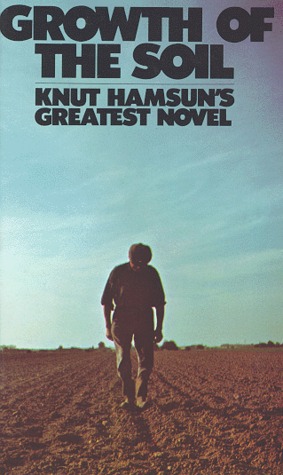
Although Hamsun’s novel—which begins with a man heading alone into the wilderness of northern Norway—depicts all seasons, I tend to associate it with the fall. This is, after all, Hamsun’s love song to the earth, a powerful, understated, and poetic depiction of living off the land, far from the corrupting influences of the city. The man, red-bearded and ox-strong, soon meets a woman who becomes his wife, and together they manage the steadily growing homestead—tilling soil, sowing grain, planting potatoes, tending the cows, sheep, and goats. The apotheosis of this yearly cycle is the autumn harvest, upon which everything depends. As Hamsun writes, “Grain was bread, grain or no grain meant life or death.” —Sudip Bose
Normal People by Sally Rooney
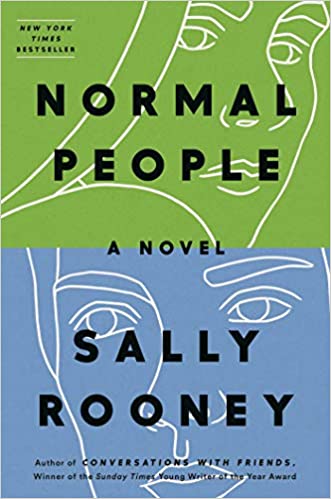
‘Few things say fall to me like a good back-in-school book, and I fell hard for this one, despite being initially unsure about Rooney’s decision to forgo the use of quotation marks. It follows Irish students Connell and Marianne from their first meeting in high school to their time in college together, each of them unable to resist their complicated, electric connection to the other. Wrapped up in the on-again, off-again couple’s world, I flew through the story, reluctant to face its end. Fortunately, thanks to Hulu’s adaptation, I don’t have to bid the characters farewell just yet. —Jayne Ross
Something Wicked This Way Comes by Ray Bradbury
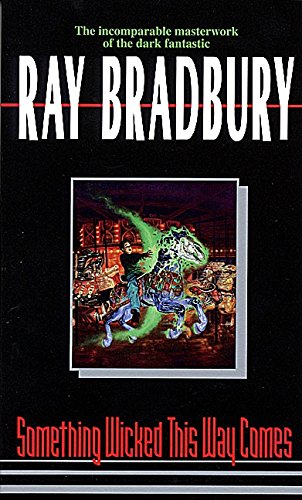
I would be remiss if I didn’t include my favorite Bradbury novel—and my favorite Halloween novel—on this list. No October is complete without a visit to Cooger & Dark’s Pandemonium Shadow Show, which rolls in sometime after midnight and never brings quite the thrill that you think it will. —Stephanie Bastek
Tess of the D’Urbervilles by Thomas Hardy
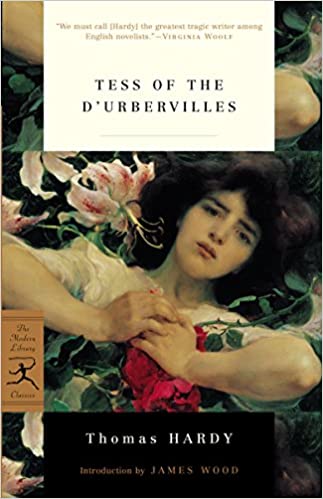
I’m doomed to forever associate Thomas Hardy’s masterpiece with the coming of fall, as I read it crammed into a lofted dorm bed during my freshman semester of college. Really, Tess’s fall from grace tracks with the entire cycle of the seasons, but my favorite part of the novel occurs in the long autumn as Tess, now a milkmaid, falls in love with the apprentice farmer Angel Clare. —Stephanie Bastek
The Tiger: A True Story of Vengeance and Survival by Author
